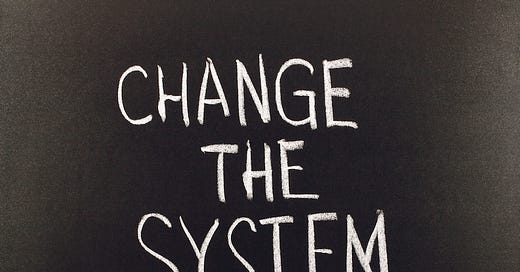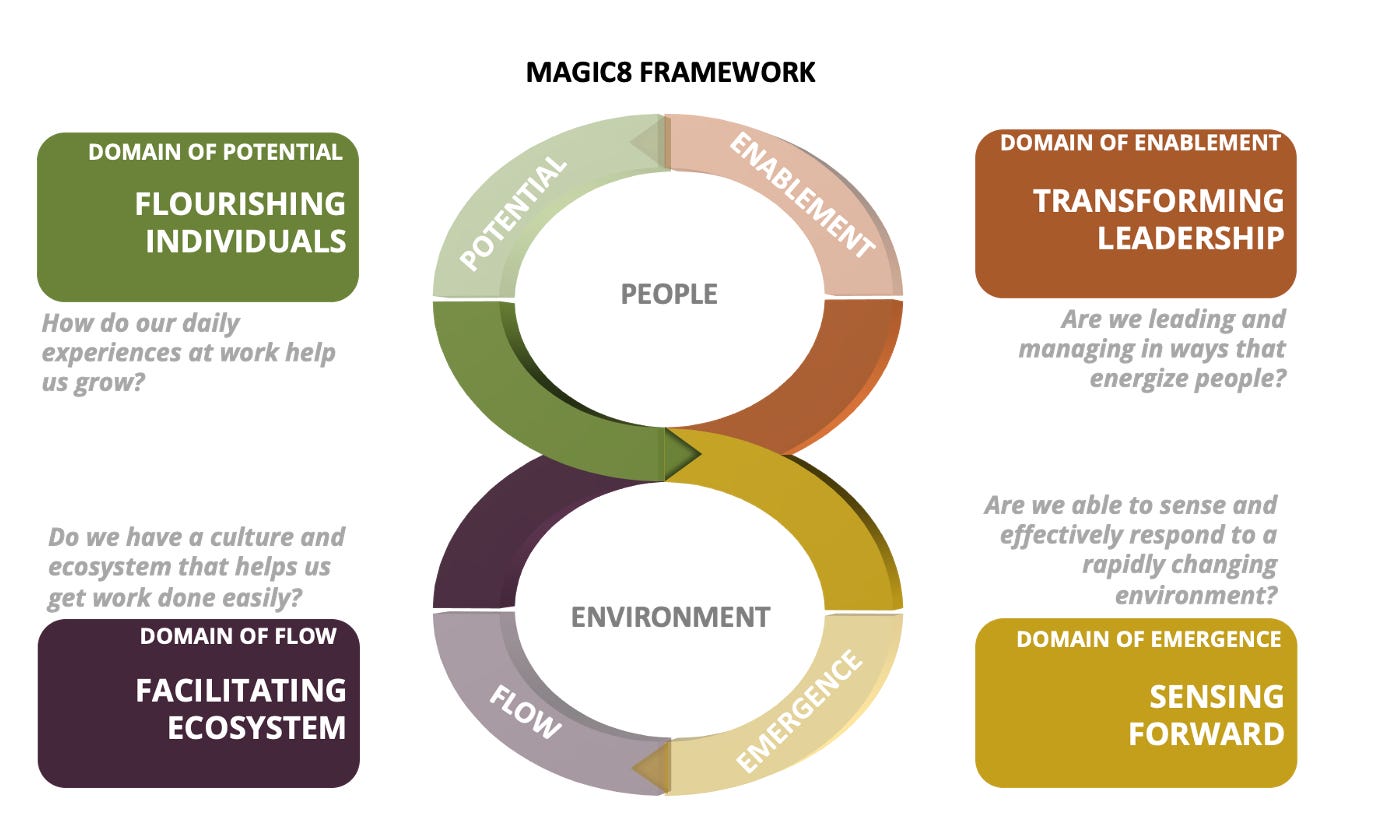Do We Really Need Another Leadership Development Program?
Over indexing on individual development
Think back to your latest individual learning or development experience. Perhaps you attended a webinar, some kind of course, or participated in coaching. It is very likely that you didn’t do this as part of a systemic effort, there was little that changed in your work context, except you. Now armed with newfound insights, ideas, and burgeoning skills, you “come back” into work and are faced with colleagues who haven’t been exposed to these learnings, a boss who has a shallow sense of what you’ve learned, and unchanged tools, processes, and cultural norms. How in the world are you meant to sustain and embed this learning? How is this supposed to help you or the organization in any way? We have been over-investing in this type of individualized approach and paying too little attention to the environment that gives rise to the context in which people work.
We have over-indexed on the individual development solution to improve organizational effectiveness. To be clear, we are not saying that individual development isn’t important, it is and will continue to be, however, it is not the magic bullet, and many organizations seem to treat it as if it is.
We must stop sending changed people into unchanged systems!
Focus on the environment – see it in action
We recently read an interesting article in the New Yorker this week by Cal Newport, titled; How to Achieve Sustainable Remote Work. In this piece, Newport focuses on the massive experiment Best Buy did in the early 2000s with allowing greater autonomy at work. (BTW this great work continues at GoRowe under the leadership of Jody Thompson). What interested us in this article was how they learned that the environment needed to change for individual behavior to change. They called their attempts to shift the environment: “The Environmental Sludge Eradication Strategy.” Basically, individuals were unable to change their behavior until the environment stopped sending “sludge” their way – this sludge communicated that taking a more autonomous approach to work was not desirable. Thus, a huge amount of learning needed to happen at an environmental level to allow for change to happen at the individual level.
We must stop sending changed people into unchanged systems! And must focus on the Environment.
Where is your investment? Follow the money
Now let’s look at where investment dollars typically go. Organizations invest significant dollars into leadership development. It is a multi-billion-dollar industry. You’ve made an investment to “upskill” individuals, what kind of investment must you make to “upskill” the environment to realize the value of your investment?
We must stop sending changed people into unchanged systems! And must also invest in organizational readiness to enable the return on the investments made in people.
Focusing on organizational readiness – is supporting your people
What if when thinking about leadership development, we simply replace the word leadership for environmental? How would one approach environmental development? Let’s use a similar process we often use for leadership development.
Start with an assessment or diagnostic of key competencies.
Make sense of the diagnostic by looking at the collected data and identifying the strengths and weaknesses and develop a plan of action designed to make shifts.
Try out the shifts and discover what happens in the operating environment.
Organizational competencies (not leadership competencies)
Now, let’s make a shift away from leadership competencies and assess the environment that will support people. So, what competencies would you assess? This is the question we asked and answered!
We have developed a framework that defines the critical organizational competencies needed to enable the full flourishing and growth of people at individual and collective levels. Our people-centric framework is depicted below. Within each of the four domains, there are two competencies each, hence the name “Magic8 Framework.” Please follow us here or here to have an opportunity to test drive this assessment and see what you can do to upskill your environment to reap the full value of the leadership development efforts you make.





